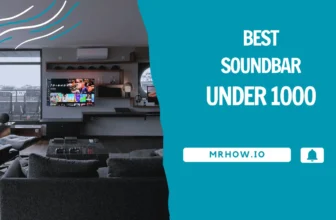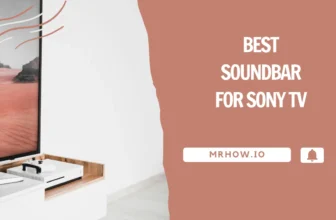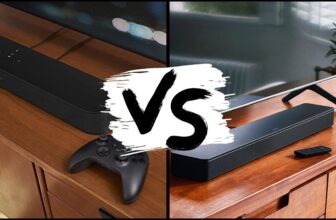HDMI is a common connection choice for digital and electronic devices. The recently released HDMI 2.0 and 2.1 versions offer considerable technological advancements.
So, which is the better option, HDMI 2.0 vs. 2.1? What are the core differences between these two connection technologies? Should you upgrade from your good old HDMI 2.0 to the newer version?
Continue reading, and I will answer all these questions in this post. You will gain more insights into these two formats and make a better purchase decision.
What Are The Differences Between HDMI 2.0 Vs. 2.1?
|
Features |
HDMI 2.0 |
HDMI 2.1 |
|
Year Of Invention |
2013 |
2017 |
|
Transmission Bit Rate (TBR) |
18 Gbps |
48 Gbps |
|
Supported Resolution |
4K/8K (native support) |
4K/8K (native support) |
|
Frame Rate Per Second |
60fps/30fps |
120fps/60fps |
|
Type |
HDR support |
HDR support (dynamic) |
Our Recommended HDMI 2.1 Cables
No products found.
Our Recommended 8K TVs
No products found.
Short Comparison
The HDMI 2.1 has become the standard video/audio format in the current years.
The better technology is obvious since the HDMI 2.1 version is released 4 years later than its counterpart.
Though the 2.1 version has seen some massive improvements, it doesn’t mean that you should get rid of the 2.0 cable right away. Yet, its better bandwidth, resolution, and transmission speed are surely impressive.
Now let’s move on to the detailed differences between these two formats.
Speed
The most noticeable improvement lies in the transmission bit rate (TBR).
While the 2.0 version has a transmission bit rate of 18 Gbps, the later 2.1 version brings a three-time higher number, standing at 48 Gbps.
In addition, the 2.1 version is compatible with dynamic HDR, which supports higher brightness and color accuracy when playing large video formats.
For these reasons, it’s evident that the new HDMI 2,1 gives a significantly smoother and faster transmission speed than its counterpart. You can broadcast video and audio at faster speed as well as refresh rates using the 2.1 version.
Resolutions/Refresh Rates
The HDMI 2.0 format supports a resolution output of 8K/30fp and 4K/60fps, while the figures for the 2.1 version stand at 8K/120fps and 4K/120fps.
Though the two formats are compatible with the same resolution (ranging between 4K and 8K), the 2.1 version gives a higher refresh rate of 120fps.
Refresh rate is extremely important because it gives you a smoother and faster frame refreshing speed when watching movies or playing games.
If you have a high-resolution device, the watching experience will always be better using the 2.1 formats with a higher refresh rate. Meanwhile, the 30-60 fps on the 2.0 version simply cannot match when playing games and movies.
In addition, there would be further technologies made for HDMI 2.1, such as the Variable Refresh Rate technology.
This feature will automatically adjust your frame rate when watching to achieve the smoothest watching experience.
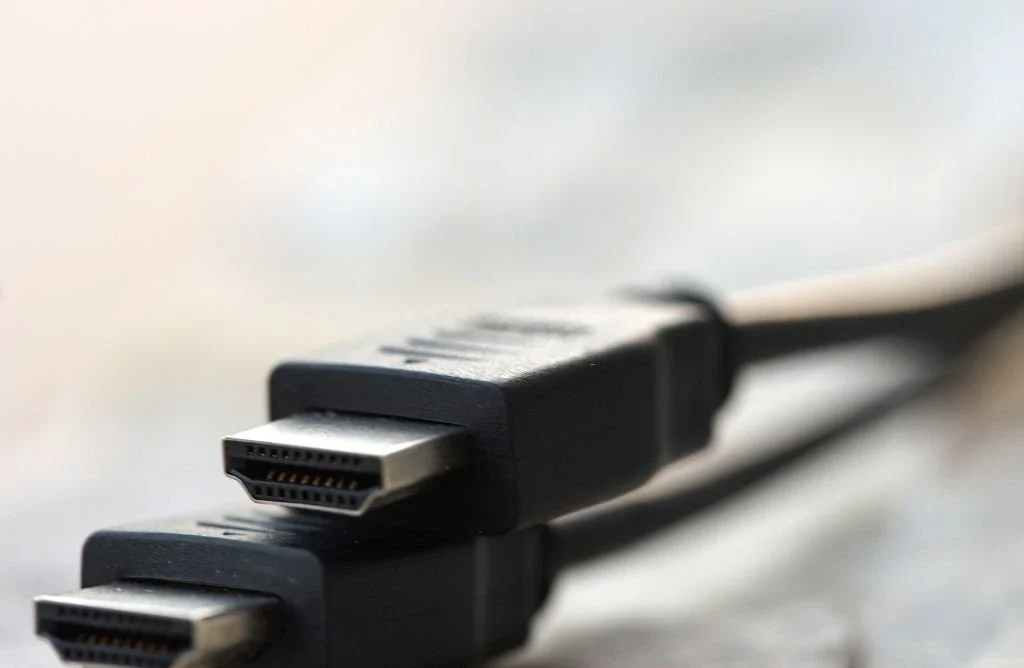
Audio
Both HDMI versions are compatible with ARC technology (audio return channel).
It allows users to connect a TV with any audio device to transmit the audio signals using the HDMI cable.
However, the HDMI 2.1 format is still superior since it supports the newest eARC technology. The sounds transmitted by the ARC format are not compressed like in the regular ARC format due to its higher bandwidth.
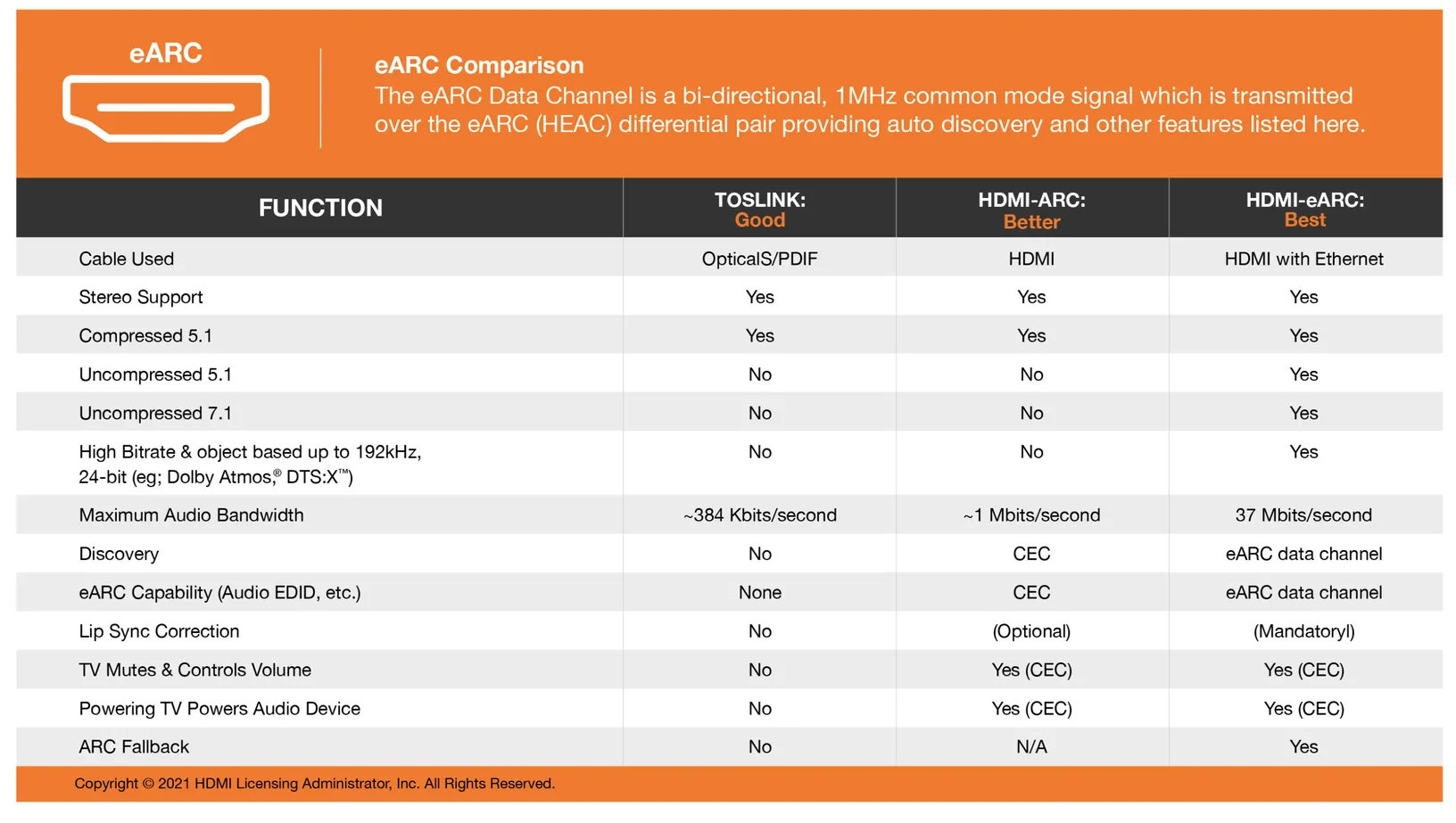
Compatibility And Price
Many people think that an HDMI 2.1 doesn’t work on devices that only support former HDMI versions. However, that’s not the case since the HDMI 2.1 format will be backward compatible.
This means you can use the HDMI 2.1 for a device that supports HDMI 2.0. Yet, the resolution, refresh rate, and technologies are limited to the 2.0 version.
Therefore, you need the new TV models, soundbar and gaming devices supporting HDMI 2.1 to take advantage of its superior qualities. When HDMI 2.1 was released, there weren’t many devices that could support it.
Meanwhile, HDMI 2.0 has been supported on almost any digital device and TV since its release date long ago. However, in recent years, HDMI 2.1 has gradually become mainstream and more popular.
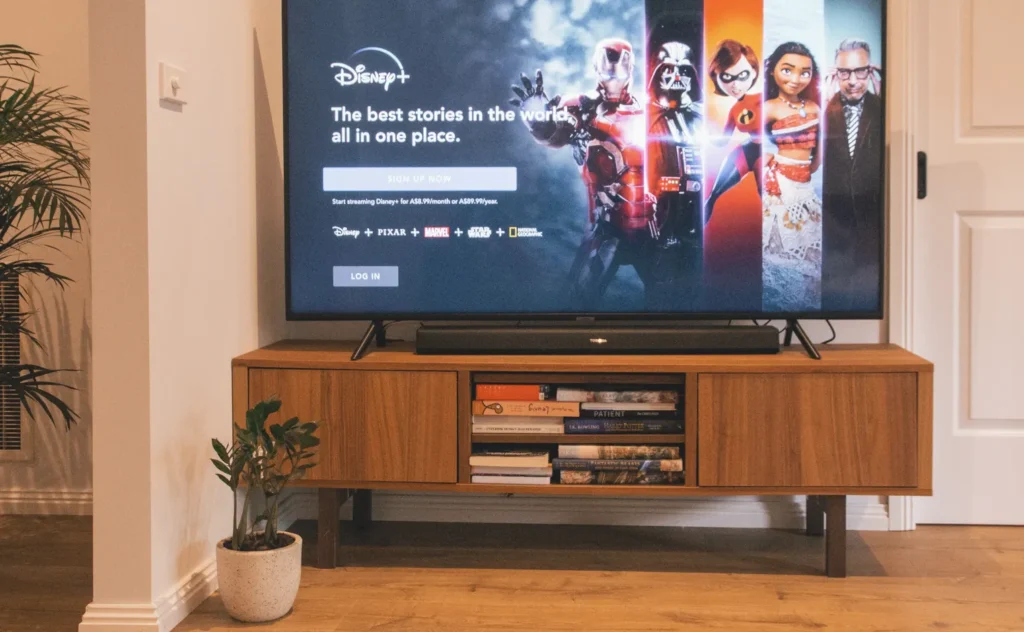
Which Should You Choose Between HDMI 2.0 Vs. 2.1
Undeniably, the HDMI 2.1 format exceeds in all categories with better resolution, refresh rate, bandwidth, and technology.
If you are using a device or TV that can support your HDMI 2.1, just go for the 2.1 cables. It will bring you the optimal video watching, hearing, and game playing experience with much sharper pictures and smoother frame rates. In addition, technologies like VRR are also an advantage. However, if your TV only supports HDMI 2.0 or older, then there’s no need to purchase an HDMI 2.1.
We hope you enjoyed this article. If you have any questions or comments, please feel free to reach out to us. We’d love to hear from you!

